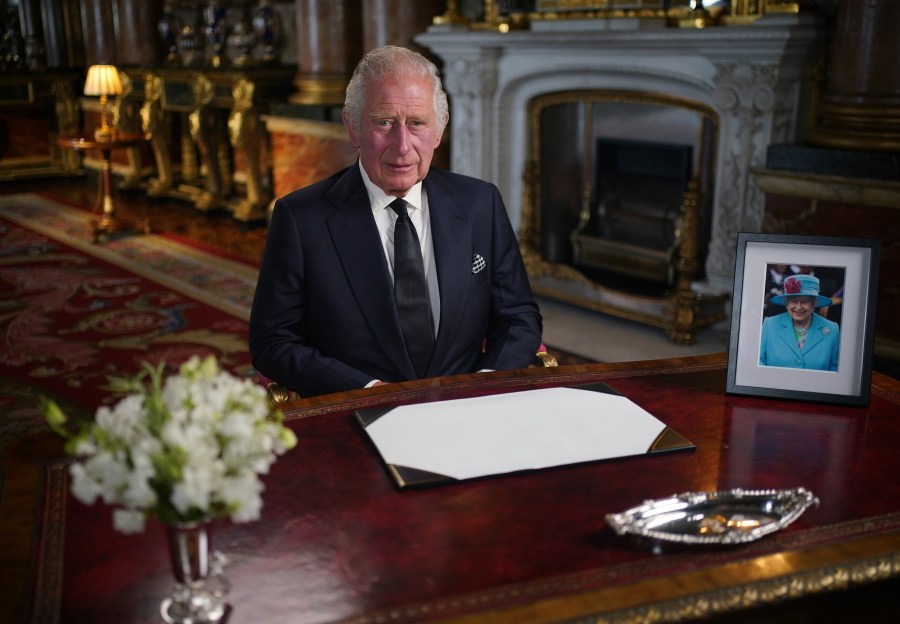A Guide to Contemporary Monarchies Around the World

Monarchism was once the most prevalent form of government around the world, with nations from France to Japan ruled by kings, queens, and emperors who wielded absolute or near-absolute authority. Over the centuries, monarchies have largely given way to less centralized and hereditary forms of government, such as democracy and republicanism. However, several present-day countries retain monarchies in some form or another. This article will examine the four general types of monarchy and some specific contemporary examples of each.
Absolute Monarchy
In an absolute monarchy, the monarch has complete and absolute power over the country’s political workings. There are little to no checks on the monarch’s authority. The monarch can create, amend, and abolish laws as they see fit. They can also appoint political figures and represent their country abroad. Historically, absolute monarchies were very common but they are relatively rare in the present day.

Saudi Arabia is one example of an absolute monarchy. The country is ruled by a king from the House of Saud. The king is in charge of executive, legislative, and judicial functions, and rules by royal decree. He also serves as the prime minister, and most political positions are filled by his sons and other members of the royal family. As of 2022, the current king of Saudi Arabia is King Salman. His son Mohammed bin Salman is the Crown Prince, which means he is also the designated heir to the throne. On September 27, 2022, King Salman appointed Mohammad bin Salman to be the prime minister, and many consider him to be the de facto ruler of Saudi Arabia, despite not yet being king.
Other countries with an absolute monarchy include Vatican City and the Southern African nation of Eswatini.
Constitutional Monarchy
In a constitutional monarchy, the monarch shares power with a constitutional government. The monarch has ceremonial duties and fulfills certain legal and symbolic responsibilities but any authority they have is delineated and limited by an established legal framework. In some constitutional monarchies, the sovereign has substantial discretionary powers, while in others, they fill a role more akin to a figurehead or symbol of national unity. Constitutional monarchies are undoubtedly the most common form of monarchy in the present day, making up 70% of all existing monarchies.

The modern concept of a constitutional monarchy developed in the United Kingdom, where democratically elected parliaments and their leader, the prime minister, hold and exercise political power while the monarch effectively holds no political power, even though they may carry out certain political functions. For example, in the United Kingdom, the sovereign must sign all new laws to make them official but cannot change or reject these laws; the laws themselves are created by parliament.
As of 2022, the United Kingdom is ruled by Charles III, who succeeded his mother, Queen Elizabeth II. Other European constitutional monarchs include Queen Margrethe II of Denmark, King Philipe VI of Spain, Prince Albert II of Monaco, and King Carl XVI Gustaf of Sweden.
The most populous constitutional monarchy in the world is Japan. In the past, Japan was an absolute monarchy ruled by an emperor, but since the enactment of Japan’s 1947 constitution, the emperor has been relegated to a ceremonial figure with no political power. The current emperor of Japan, Naruhito, ascended to the Chrysanthemum Throne upon the abdication of his father, Emperor Akihito. Thailand is another constitutional monarchy in Asia, currently ruled by Vajiralongkorn (or Rama X), who has reigned since October 2016.
Federal Monarchy
A federal monarchy is a federation of states headed by one monarch, but in which each of the federated states retains its own monarch or has a non-monarchial system of government. The monarch of the federation may only serve as a figurehead while the monarch of each state is more involved in politics and governance.

The United Arab Emirates (UAE) is a federal constitutional monarchy comprising seven hereditary tribal monarchies called Sheikdoms. The UAE is governed by a Federal Supreme Council composed of the ruling Sheiks of Abu Dhabi, Ajman, Fujairah, Sharjah, Dubai, Ras al-Khaimah, and Umm al-Quwain. The Federal Supreme Council elects the president and vice president.
Malaysia is another federal constitutional monarchy, consisting of thirteen states and three federal territories. Every five years, the royal leaders of each state select one of their own to serve as the king, or Yang di-Pertuan.
Mixed Monarchy
The fourth and final type of monarchy is a mixed monarchy, a definition applied to monarchies that defy easy categorization. For example, Jordan is, in many ways, a constitutional monarchy with a legal framework that governs the monarch, the legislature, and the judiciary. However, the King of Jordan retains much more authority than monarchs in a typical constitutional monarchy. He appoints the government and can dissolve it at will. He can also call or postpone elections, ratify laws and treaties, and unilaterally declare war and peace. In these ways, the king more closely resembles an absolute monarch than a monarch who shares power with a constitutional government. The current King of Jordan is Abdullah II.

Liechtenstein and Morocco are two other examples of mixed monarchies. Liechtenstein is the last remaining European monarchy to still practice agnatic primogeniture, in which the monarch is determined based on shared descent from the nearest common male ancestor. This means female descendants are not eligible to become the monarch.





